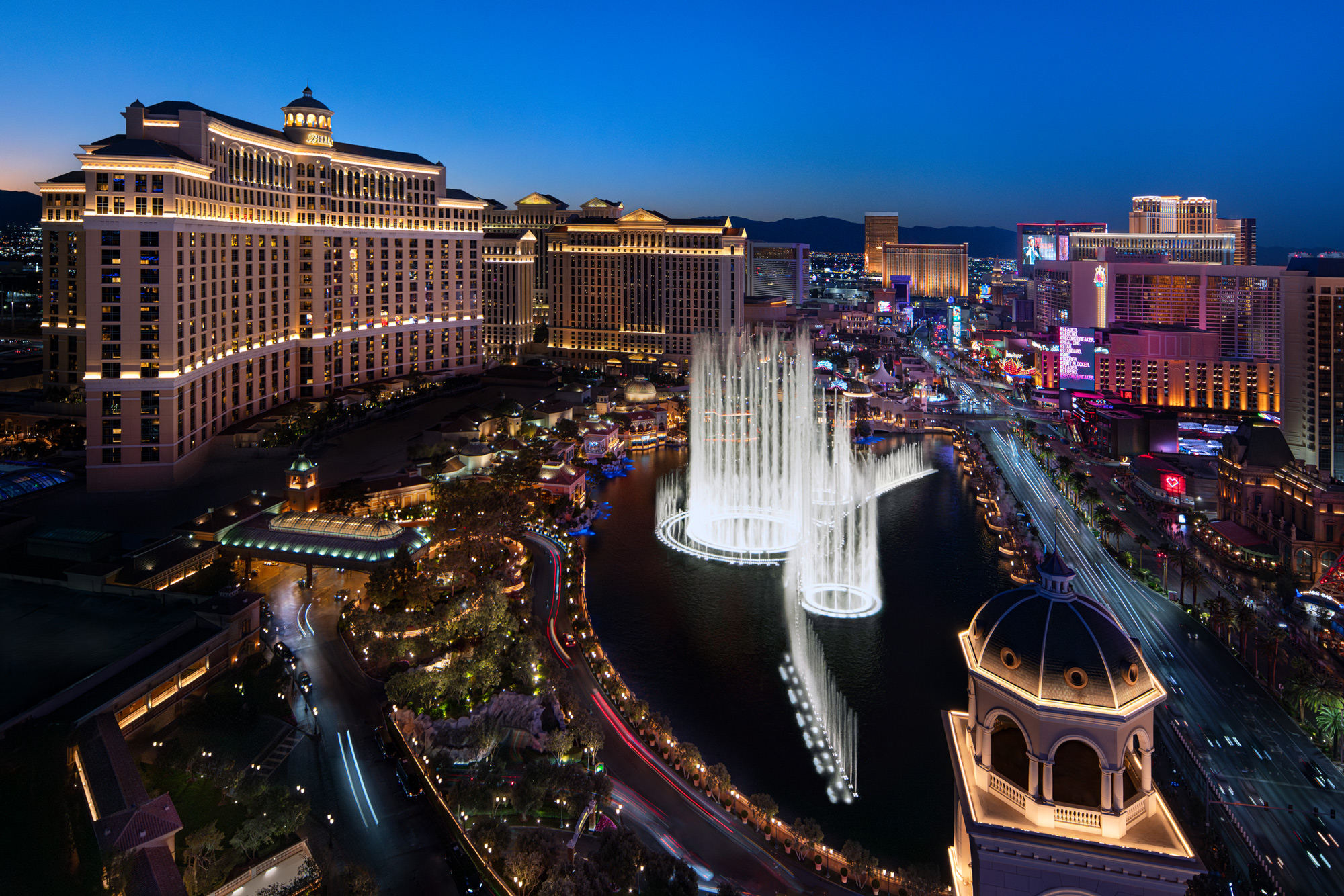
etting that balance right means that one of the world’s most-visited destinations is also one of its most natural, that casual beach fare and fried seafood are complemented by sophisticated European-style dining, and that epic golf and modern resorts live alongside one of America’s oldest touchstone cultures. Under an unspoiled sky, with the sun or stars pouring down and just the right amount of warm breeze on your skin, it is difficult to imagine a better place to be than on Hilton Head Island
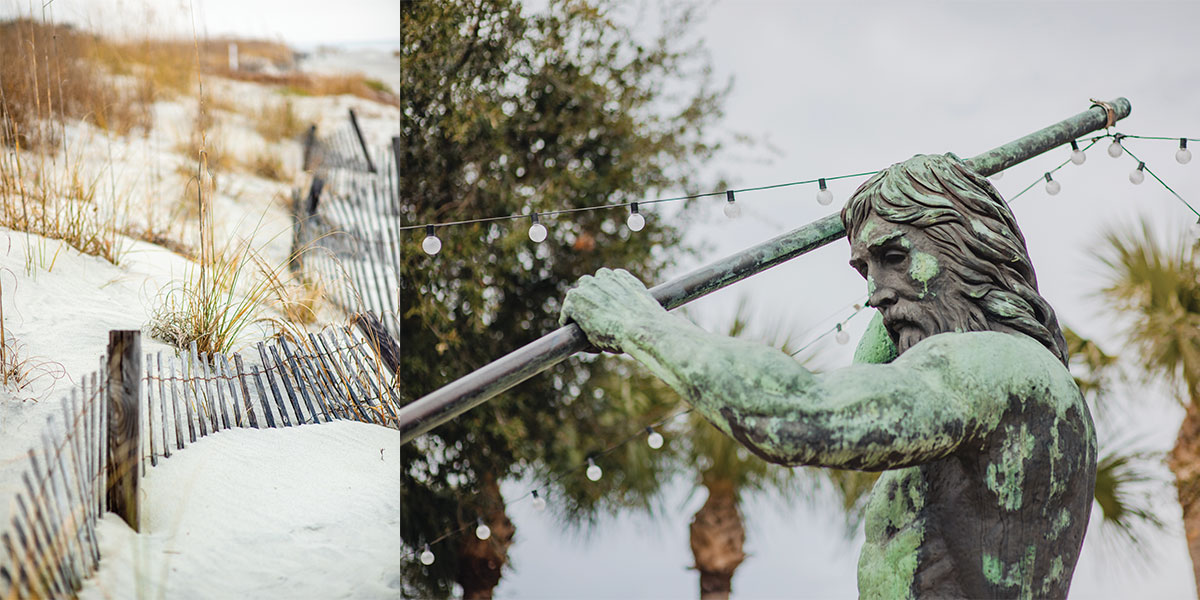
At 12 miles long and 5 miles wide, Hilton Head Island’s attributes belie its modest size. This is evidenced in the 2.5 million visitors who join roughly 40,000 full-time residents each year to enjoy world-class beaches, golf, dining and more. Historically known for cotton, fishing and timber, the island found its start as a visitors’ destination in 1956, when Charles Fraser’s Sea Pines Plantation set the bar for modern resort communities. Today there are many such communities (long called “plantations” here, though some recently have dropped the moniker) with their own golf courses (see sidebar: Golf), dining, extensive bike paths, recreational opportunities, and accommodation options to suit every budget and taste. I chose the Sonesta Resort located in the Shipyard neighborhood, and it was sharp, clean and nicely sited on a romantically rustic beach, complete with boardwalks to the sand, sea grasses, and playful waves. I visited in the late winter off season and had the place largely (and beautifully) to myself, but it’s clear from the expansive entertainment areas around the pool and throughout the property that it’s a bustling resort come summer. Regardless of the slightly lower temperatures during my stay, the staff could not have been warmer, and I made a note to return with family. An evening arrival saw me head straight to dinner at Nunzio, a nearby (everything is nearby on Hilton Head Island) and upscale Italian restaurant with a wine list that emphasizes Italian and Californian wines. Starters such as Bietole con Caprino (oven-roasted golden local beets, baby arugula, goat cheese and caramelized shallots) and Capesante Grigliate al Tartufo (grilled diver sea scallops over sauteed spinach, lemon, truffle beurre blanc and minced peppers) nicely bolstered courses of house-made pasta, accurately prepared meats and traditional Italian dishes. That and a vibrant bar scene made for a great opening night in Hilton Head.
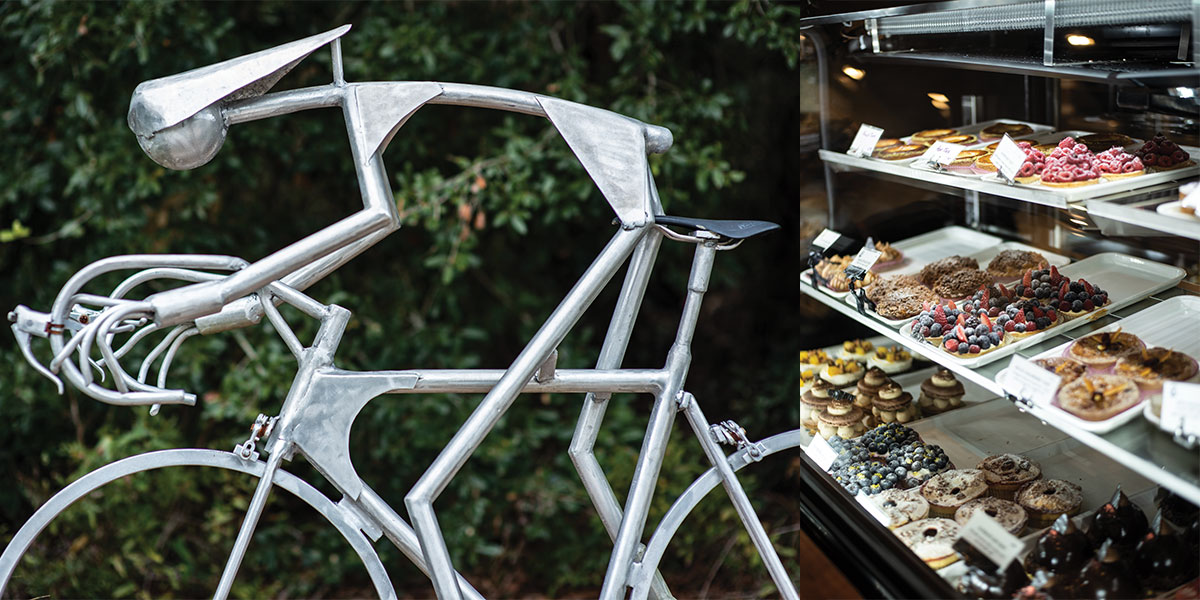
The line was genuinely “out the door” by the time I arrived at Hilton Head Social Bakery, not quite early the next morning. I was assured the line had formed even before the doors were unlocked, it seemed to be moving along, and so I shifted on my feet and took in the scene: Boats of all sizes floating nearly motionless in the harbor, a dog enjoying a drink of water, and a small bird perched on a brick wall staring intently at a table of men sipping coffee, eating pastries, and throwing smug looks at the line. I was behind a couple and, as it happened, when they approached the first glass case full of pastries, I ended up both inside and outside of the café, holding the door halfway open in hopes they would move forward so that I might fully enter. They didn’t and so I retreated a step outside, which caused the entirety of the line behind me to step back as well. What followed was an unexpectedly long and silly samba of the couple scrutinizing the options in case #1, advancing to case #2, returning to reconsider #1, walking to case #3, then back to #2 and so on, with all of us in the line advancing and retreating as they moved and pondered the choices. When I finally made it inside, I understood their dilemma: The array of baked pastries, sweets and savories here—each a small work of art—presents a sort of “l’âne du Buridan” conundrum (as a student of 14th century French philosopher Jean Buridan might say). “Buridan’s Ass” essentially has it that, when presented with equally compelling piles of hay, a hungry donkey will become paralyzed by choice and will starve to death. I was hoping for a better outcome here, but the shelves of freshly baked goods in the little shop owned by award-winning Chef Philippe Feret and his wife, Marissa, were overwhelming. Feret grew up working in his father’s bakery in Paris and was executive chef at New York’s Windows on the World and Tavern on the Green before heading south. His creations are sophisticated and delicious, and the shop unpretentious, and so the line and the couple’s dance were understandable, if unsustainable. Finally, one-half of the couple apologized for the other and insisted a choice be made. It was, and a few of us offered comments such as, “Great choice!” and “Oh I might get that too!” in hopes that by reinforcing the decision, it would hold. When it was my turn, feeling the surge of anxious hunger behind me, I ordered black coffee and an almond croissant. Both were so good that I returned the next morning and upped my game with a latté and an Apple Orange Tart. And I grabbed a petite pan au chocolat as well—because life is too short to wait in line more than once per day.
Driving onto the near 70-acre site of Hilton Head’s Coastal Discovery Museum, I was struck by the stillness and the warm weight of the place. Once worked by slaves as a cotton and vegetable plantation (and with the museum housed in some of the original buildings), the site features trees that pre-date America’s early transgressions. One—gnarled, long dead and struck by lightning who knows how many times—might even have grown while Spanish soldiers marched around its base in the late 16th century. Others, hundreds of years old, are still towering, Live Oaks arcing wide branches over a forested hiking trail that seems to connect a series of organic cathedrals—green-fringed portals, down the nave, under a vast domed canopy of branches then through the apse and ambulatory and back through another portal— one after the other. Walking this trail and later standing on a boardwalk with the museum’s affable President/CEO Rex Garniewicz (a fascinating conversation), looking over the site’s expansive salt marshes, it occurred to me that this should be every new visitor’s first stop, Hilton Head Island as it was. The land here is patient, it has seen a lot of history, and in this quiet state it compels one to consider preservation. No wonder, I thought, the developers here forbade billboards, excessive lighting and other features in disharmony with nature. Even signs and advertising must be painted in colors that complement nature, and the emphasis on balance surely is one of the reasons why the island is so compelling. The museum also showcases local artists, including basket-weavers from the Gullah community (more on them below), and has a wonderful summary of local history and a rich calendar of events and interactive opportunities for local school groups and visitors.
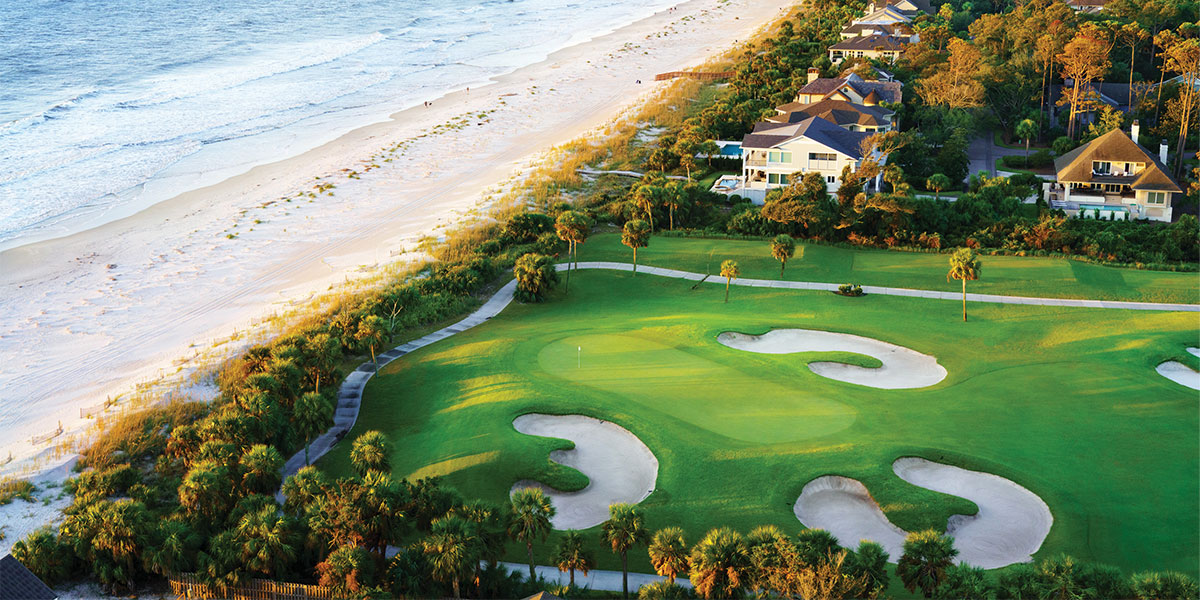
Despite its relatively modest size (12 miles long by 5 miles wide at the widest point), Hilton Head Island is a golfer’s paradise. There are 23 championship courses on the island and more than 40 total in the area, all complemented by a wide array of accommodations and dining. Accordingly, the island is an easy solution for anyone pondering where to go on a luxury golf vacation. With so many great options it’s hard to choose favorites, but we like the 54 holes at Palmetto Dunes Resort. The Robert Trent Jones Oceanfront Course here is specifically nice, with its par-5 10th one of only two oceanfront holes on the island. There’s water on nearly half the course, a beautiful and terrific test of golf. Likewise, the George Fazio Course also is beautiful, demanding accuracy among its mature hardwoods and inspiring the best kinds of golf dreams with its well-manicured greens. There’s an Arthur Hills Course here as well, a strategic test that will compel you to consider every decision, right up to what to order at No.19. Lastly at Palmetto Dunes, we love the new Toptracer Driving Range—the first in the Southeast. It allows you to work on your game alone or with friends in an interactive
golf entertainment experience, and it’s a tremendous bit of fun as well. Again, Palmetto Dunes is only one of many golf destinations on Hilton Head Island, a golfer’s paradise that must be played to be believed.
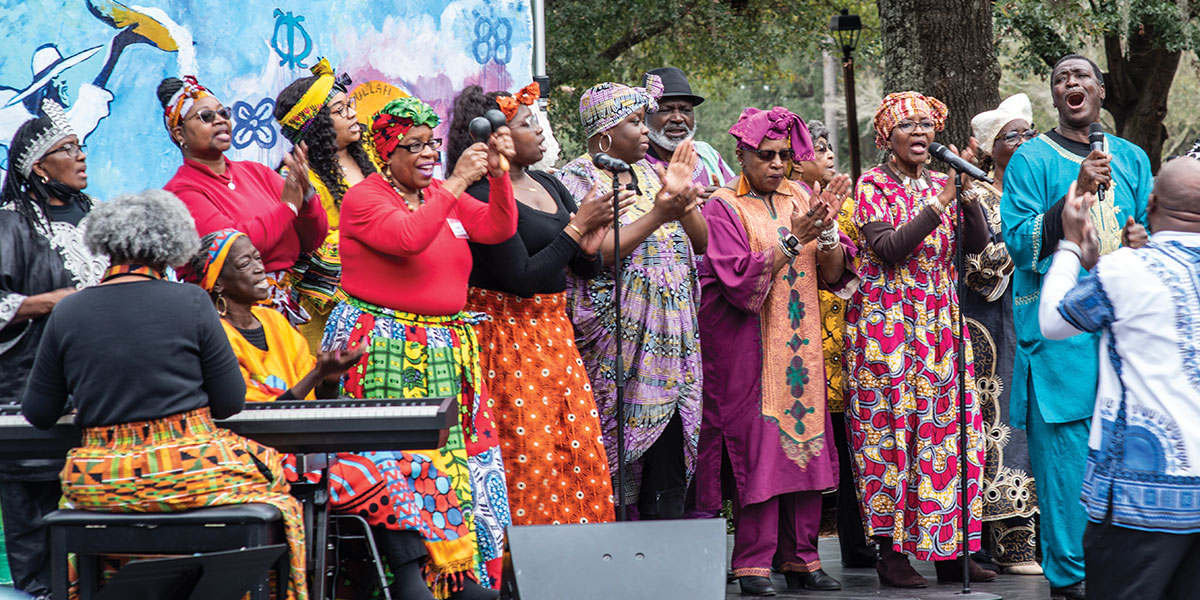
Fortunately, my visit to Hilton Head Island coincided with the annual “Taste of Gullah” festival, part of a month-long celebration of the Gullah people’s culture and history. Enslaved and brought from Africa to the Sea Islands of South Carolina and Georgia to work cotton and vegetable plantations, the Gullah effectively lived as a free people starting in the early 1860s when Union troops seized the region. Due to the remoteness of the islands, the Gullah were left mostly alone until the mid-20th century, their culture evolving largely untouched into a vibrant tapestry of Western African traditions, cuisine, arts, languages and dialects, all shaped by the community’s experiences on the Sea Islands. Today the Gullah are a dynamic part of the Lowcountry, with an estimated 300,000 living along the southeastern coast. They are an important part of the American story, perhaps best told from the Hilton Head Island site of Mitchelville, a town established by a Union general in which escaped slaves and others were given the freedom to govern themselves. They held elections, passed laws, collected taxes and, in what might have been the first mandate of its kind in the South, required that children be educated—all of this some years before the Emancipation Proclamation had been issued, making Mitchelville the first self-governed freedmen’s town in America. The February celebration is a showcase of arts, culture and food, the last of which should be sampled if you’re in the area. Barbeque, gumbo, fried chicken and more, all of it has deep roots in Gullah culture, beautifully expressed in local eateries such as Ruby Lee’s and others.
Bill the Sky Guy, aka Bill Gwynne, is an amateur astronomer with an enthusiasm for the stars that is highly contagious. After meeting with him in his studio (he’s also a sound engineer), I found myself looking up at the night sky with far more interest than I had done in years. Perhaps he re-kindled a bit of the boyhood wonder that I used to have when it came to the subject of space, watching launches from Cape Canaveral. Perhaps he overwhelmed me with his technical knowledge and deep understanding of how to navigate among the stars. Perhaps both. Working with sophisticated equipment and a home-built observatory (that he can control from anywhere), Bill has traveled the cosmos from home, taking fantastic photographs of the Horse Head Nebula, Crab Nebula and many other galactic wonders (see them at BillTheSkyGuy.com). Helping him achieve this, he says, are the lighting restrictions on Hilton Head Island, which result in less light pollution and a clearer/darker night sky compared to many other urban environments, including nearby Savannah, which is easily visible at night from Hilton Head island. The restrictions also are why the island is a protected spot for sea turtles, with requirements that beach lighting be off or at least not visible during nesting season. Beyond his home observatory work, Bill occasionally sets up a telescope at an event or in a public place and invites others to look—not to glance, but really to see—beyond the limits of our day-to-day lives here on Earth. He is, to me, another indication of the “bigness” of this island, evidence of the amazing personalities that it attracts and the wonderful possibilities that it supports.
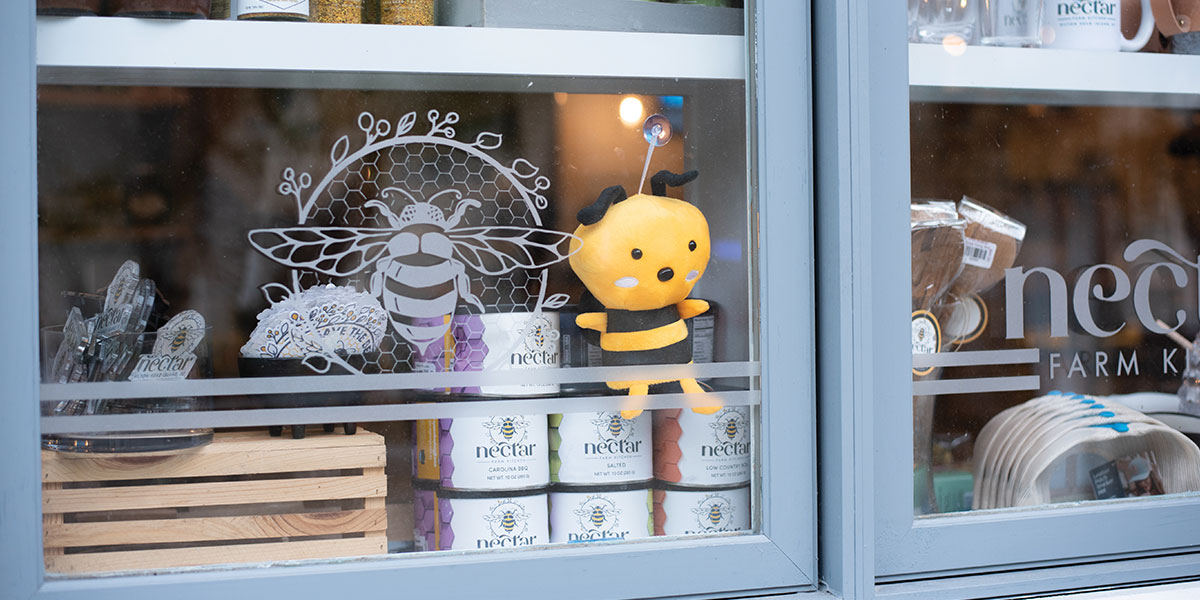
Chef Orchid Paulmeier brings Filipino roots and Food Network credibility to Southern BBQ in her preposterously satisfying One Hot Mama’s restaurant, just one of several great options from the community-oriented SERG Group of restaurants, which includes numerous local favorites. More than her amazing sauces and perfectly prepared barbeque, it’s Chef Orchid’s heart that makes this a relaxed “must stop” when on the island. More upscale, I enjoyed a beautiful steak and wine dinner at Alexander’s, located in the Palmetto Dunes neighborhood, and honestly one could come to the island for the food alone. Still, one of my favorite meals was at the Fishcamp on Broad Creek. Charlie Simmons, Sr., was an island staple in Hilton Head’s early days. Known as “Mr. Transportation,” he ferried people to Savannah and to other locations in the years before there was a bridge to the mainland. He also made grocery runs, kept general stores and functioned as the island’s connection to the outside world. The restaurant’s original location, built before the bridge opened, carries on his spirit, offering a wealth of seafood, fried green tomatoes, hushpuppies, oysters and other unpretentious local fare. That, cold beer, and new friends made for a fantastic evening, a beautiful memory, and a good night’s sleep. Driving back home the next morning (after grabbing a cup of coffee and a small bag of house-made doughnuts from the excellent breakfast spot, Nectar Farm Kitchen), my mind returned to the evening at Fishcamp, to the conversation with the Bill the Sky Guy, to the beautiful golf course at Palmetto Dunes, and to so much more. One last early morning trip to the beach to stand where people have stood for centuries and marveled at the sea, and my only thought was of returning.
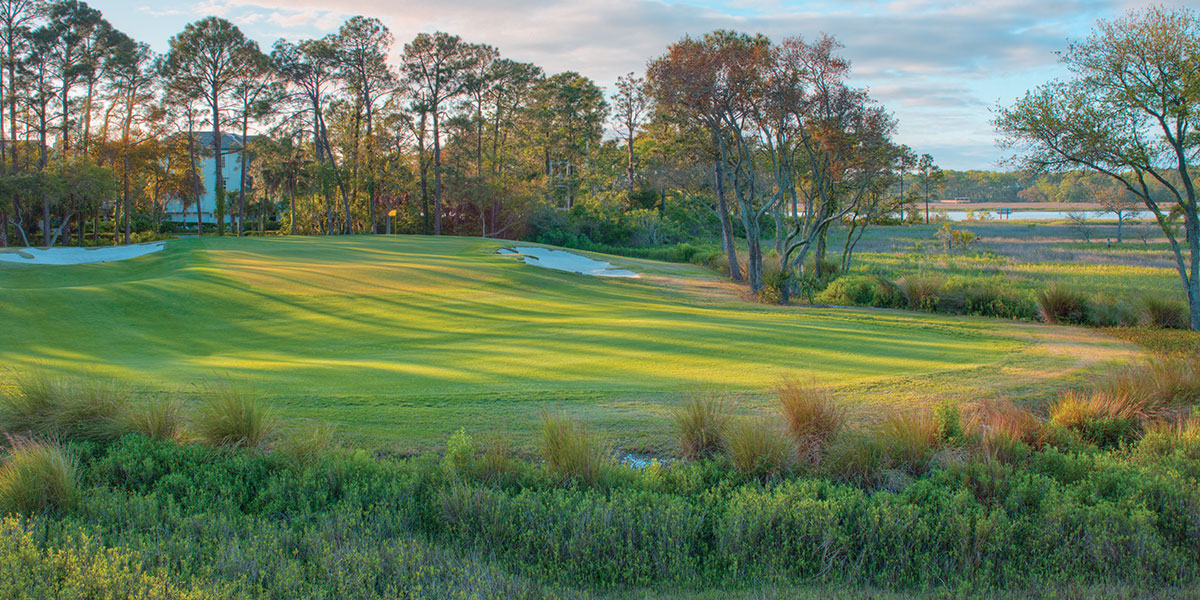
There’s a sense among the pure game’s fans that the coures at Wexford is a bit of an underappreciated gem. Upon its reopening following a redesign by Arnold Palmer in 2011, Palmer himself offered that “Wexford is a special place to us, and we enjoyed the responsibility of remaking this exceptional club.” Palmer and Arnold Palmer Design Company architects Brandon Johnson and Thad Layton let nature be their guide at this remarkable property, equally thrilling for the mind, body and soul.
Follow Us On


| Cookie | Duration | Description |
|---|---|---|
| cookielawinfo-checkbox-analytics | 11 months | This cookie is set by GDPR Cookie Consent plugin. The cookie is used to store the user consent for the cookies in the category "Analytics". |
| cookielawinfo-checkbox-functional | 11 months | The cookie is set by GDPR cookie consent to record the user consent for the cookies in the category "Functional". |
| cookielawinfo-checkbox-necessary | 11 months | This cookie is set by GDPR Cookie Consent plugin. The cookies is used to store the user consent for the cookies in the category "Necessary". |
| cookielawinfo-checkbox-others | 11 months | This cookie is set by GDPR Cookie Consent plugin. The cookie is used to store the user consent for the cookies in the category "Other. |
| cookielawinfo-checkbox-performance | 11 months | This cookie is set by GDPR Cookie Consent plugin. The cookie is used to store the user consent for the cookies in the category "Performance". |
| viewed_cookie_policy | 11 months | The cookie is set by the GDPR Cookie Consent plugin and is used to store whether or not user has consented to the use of cookies. It does not store any personal data. |